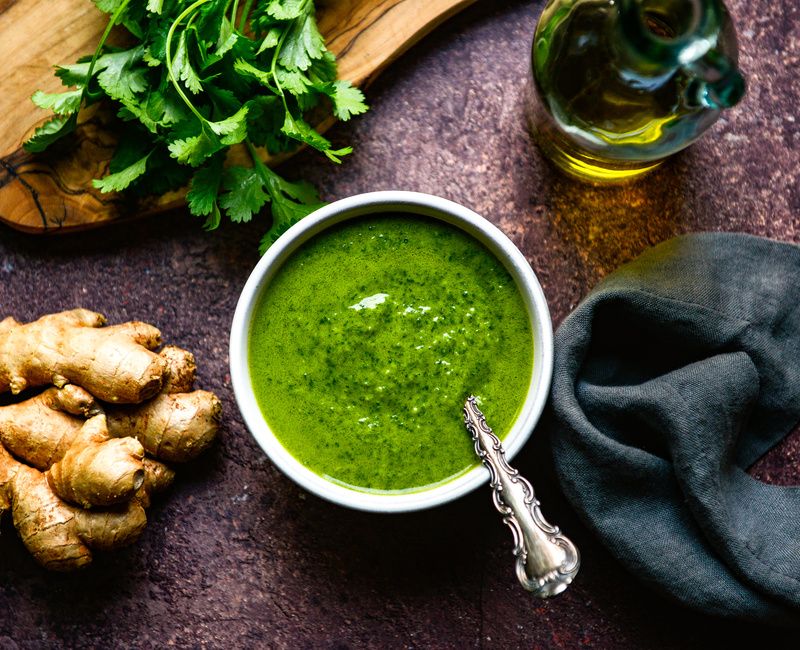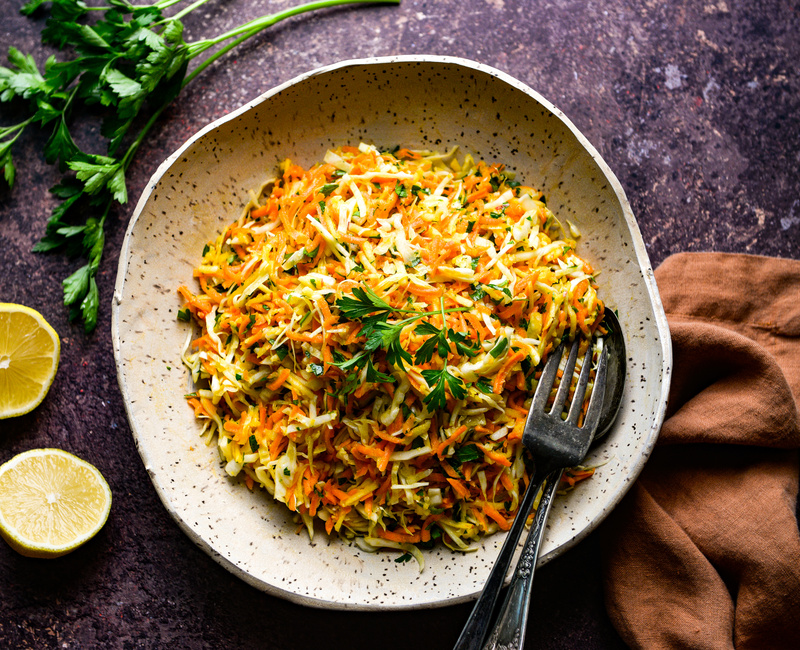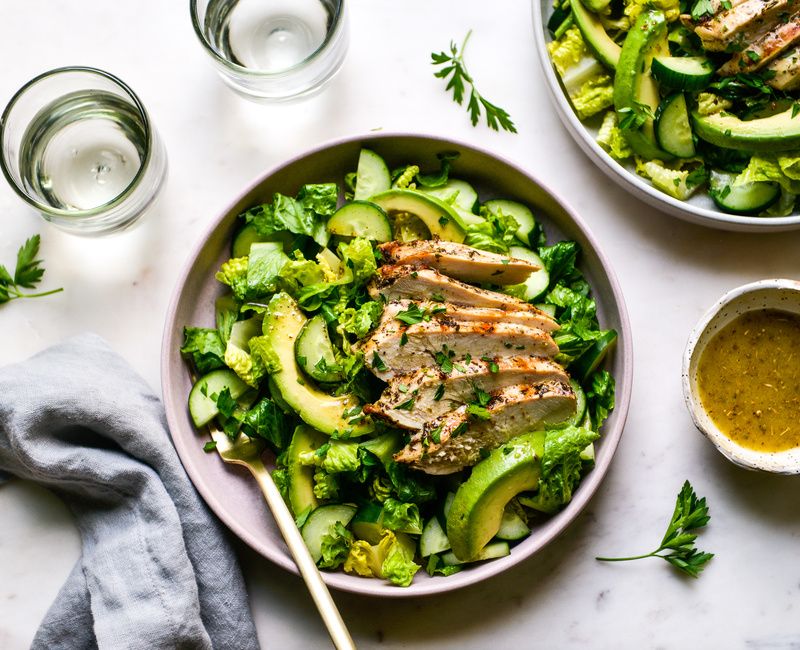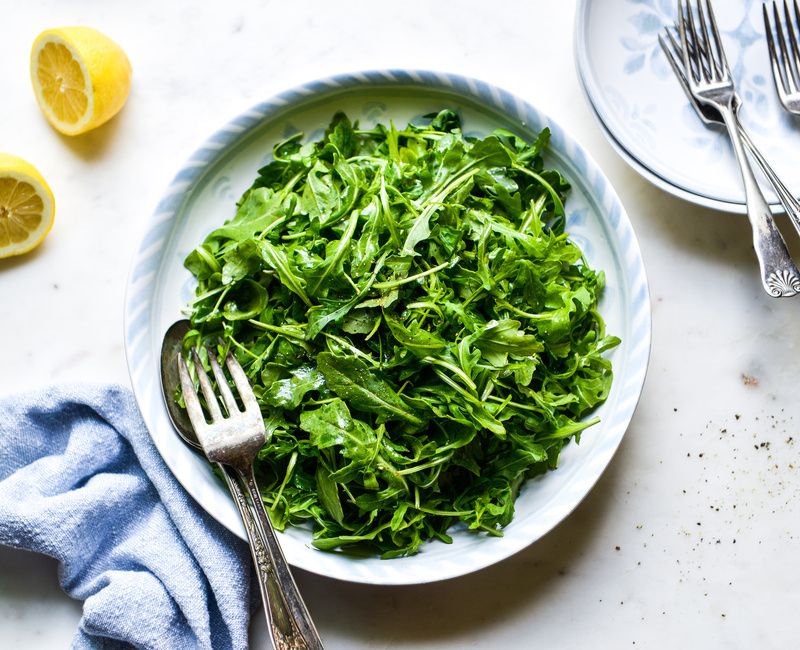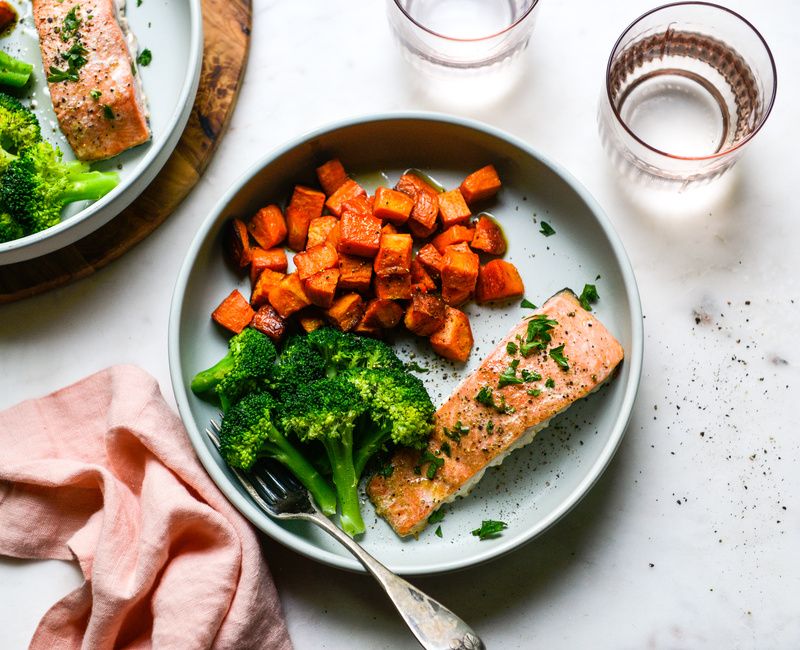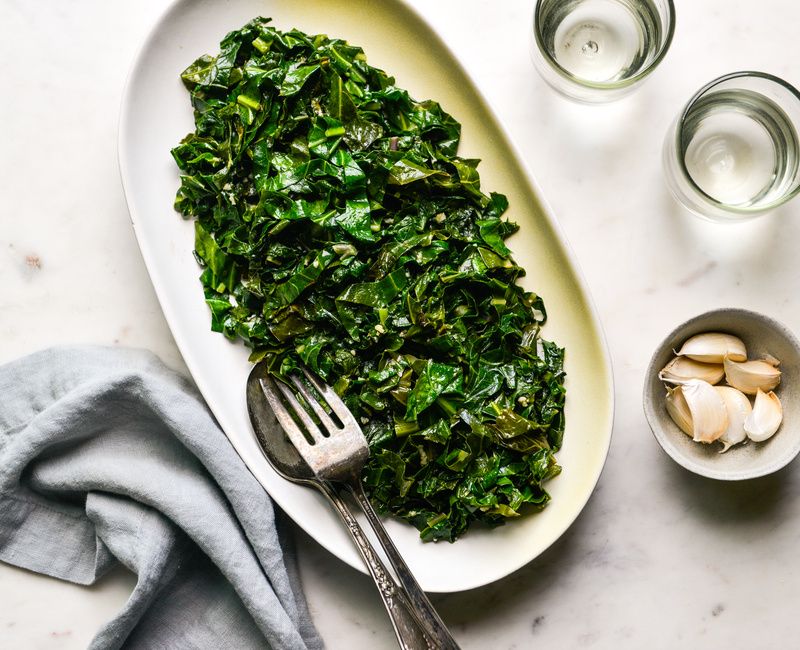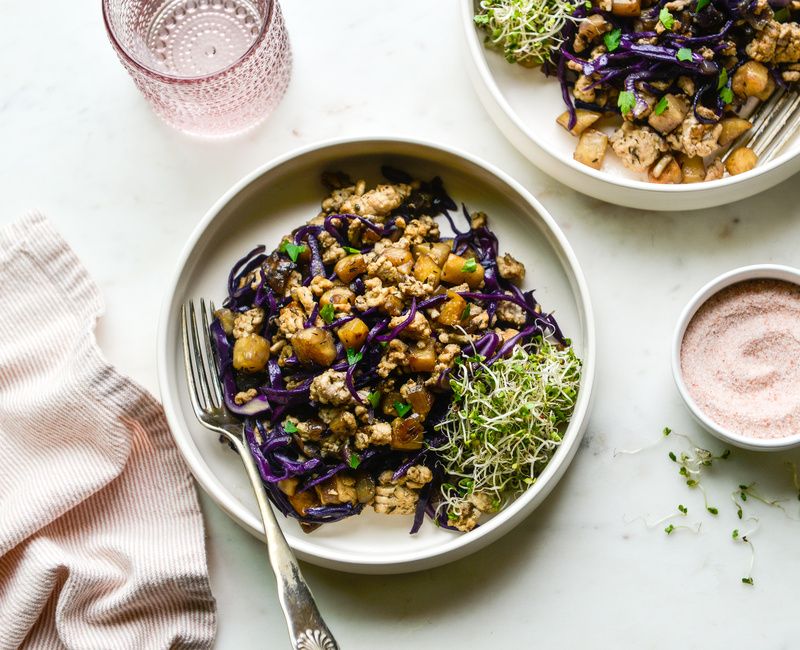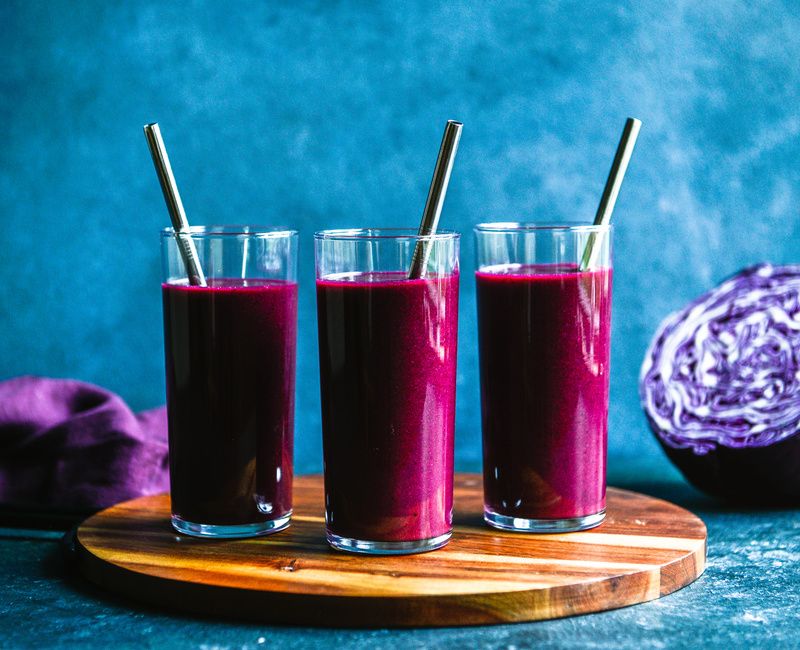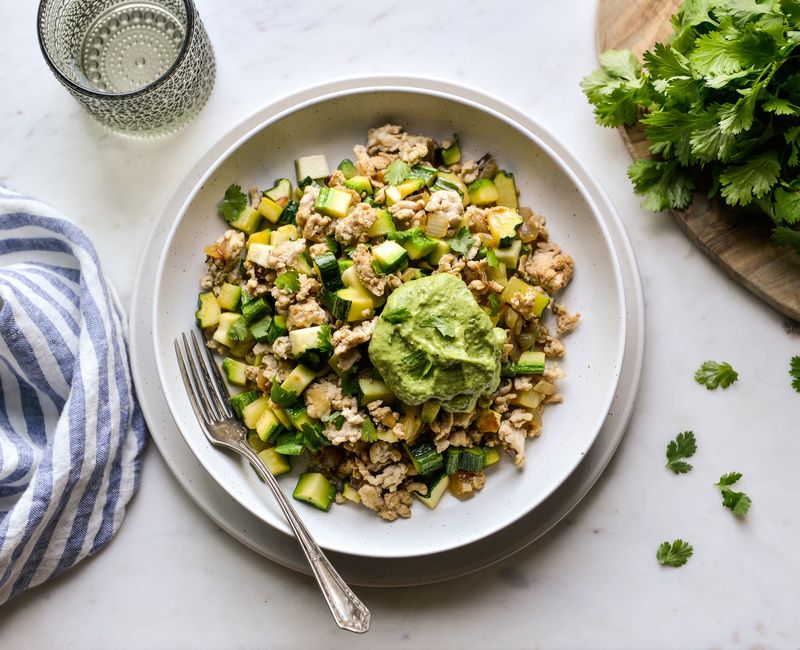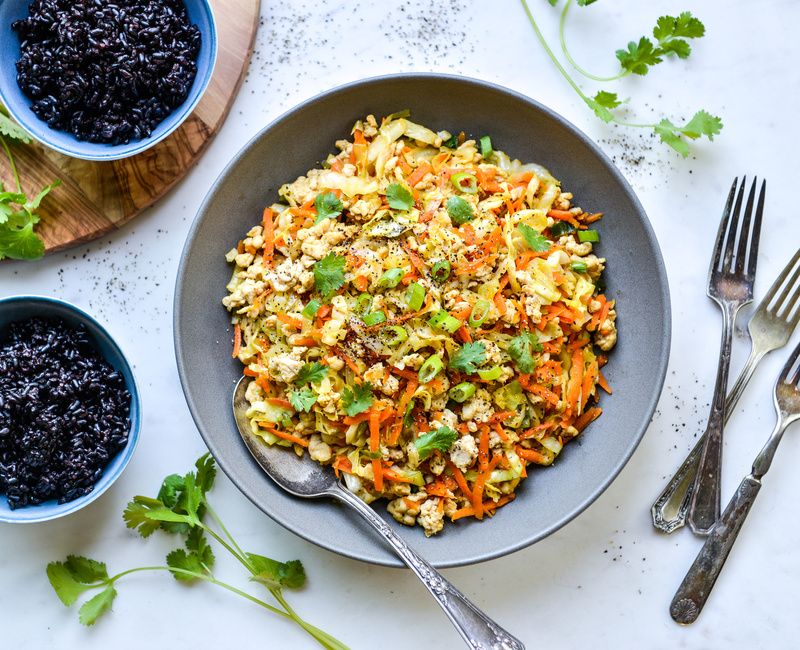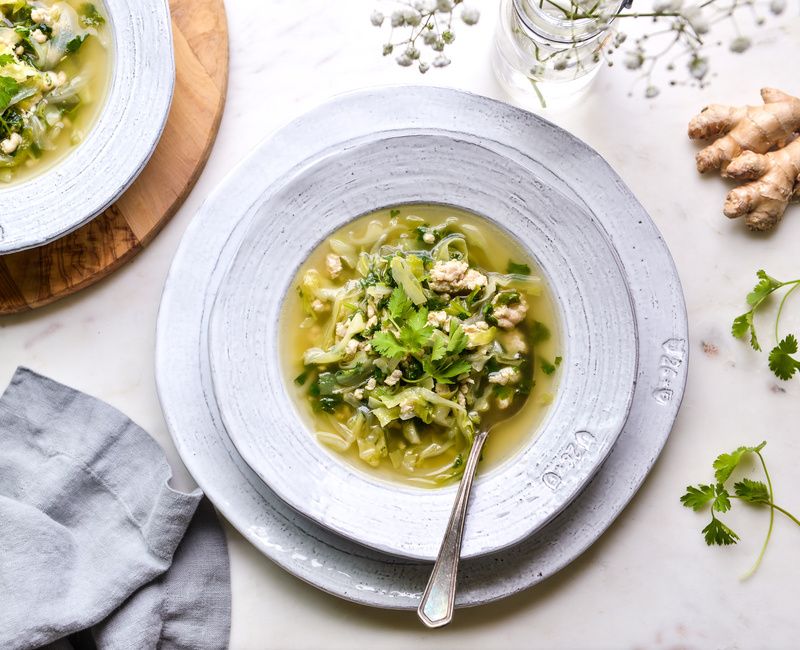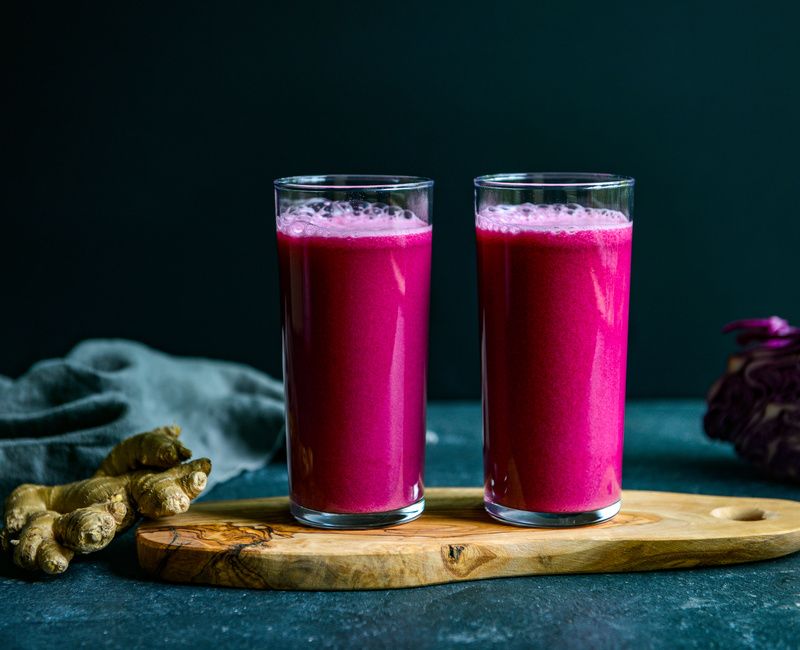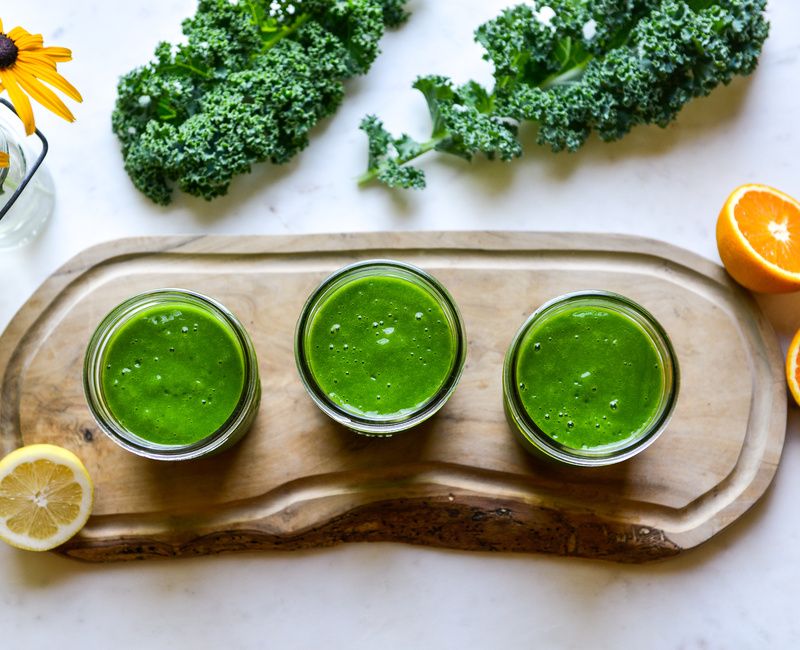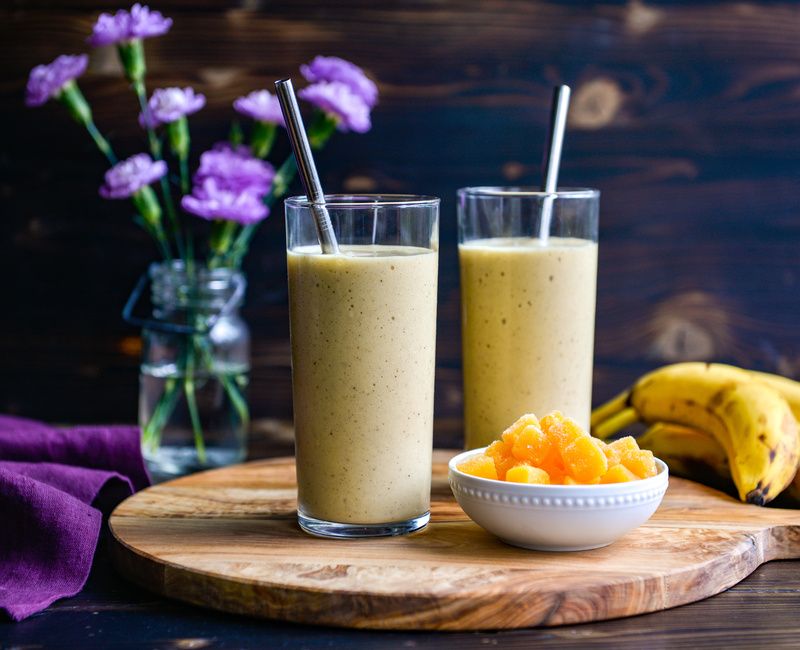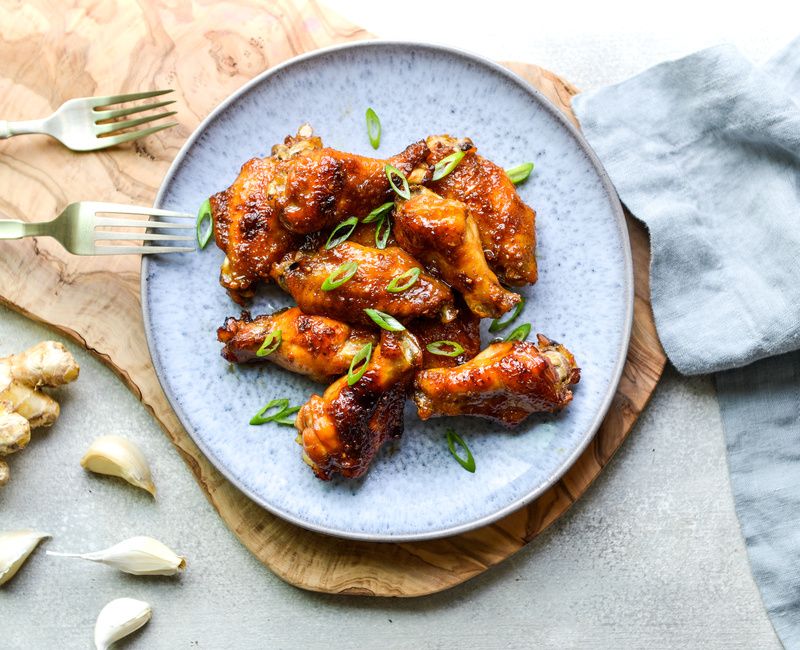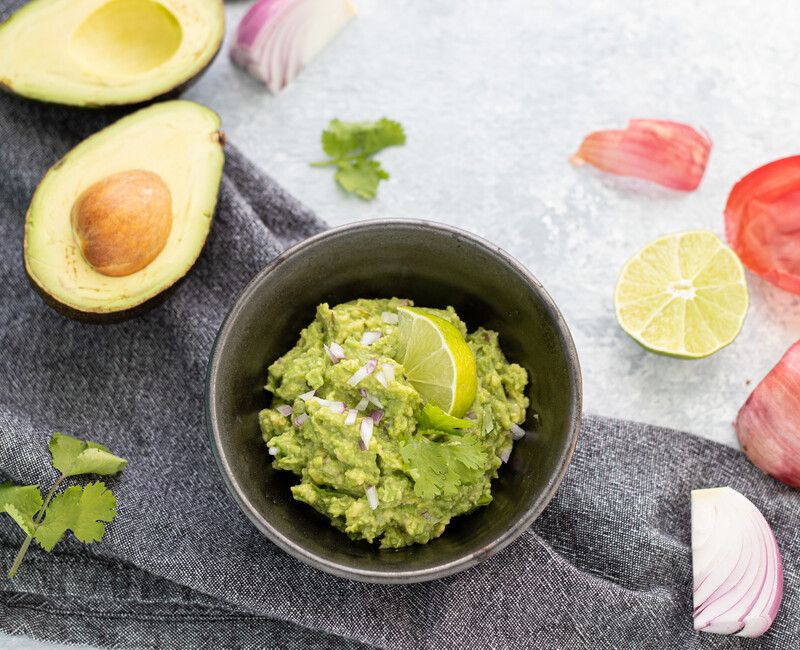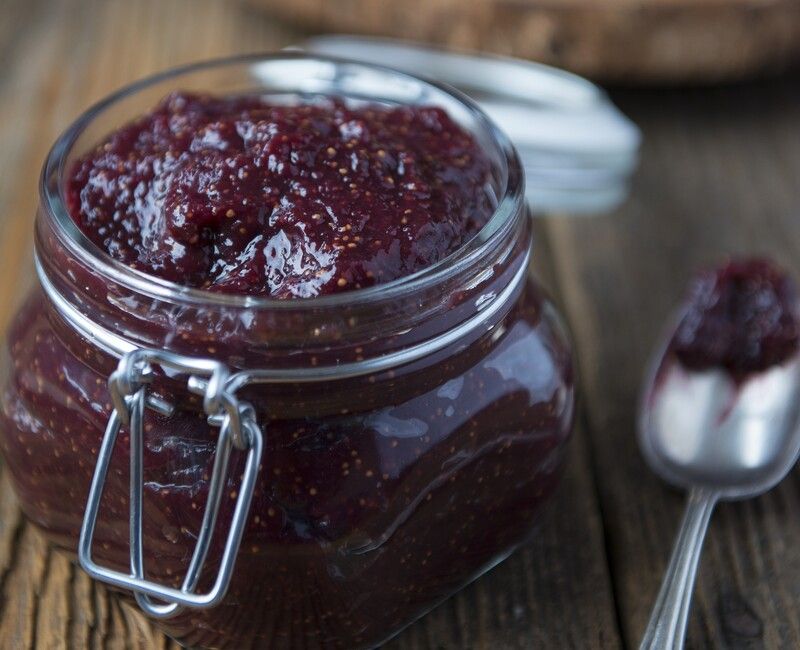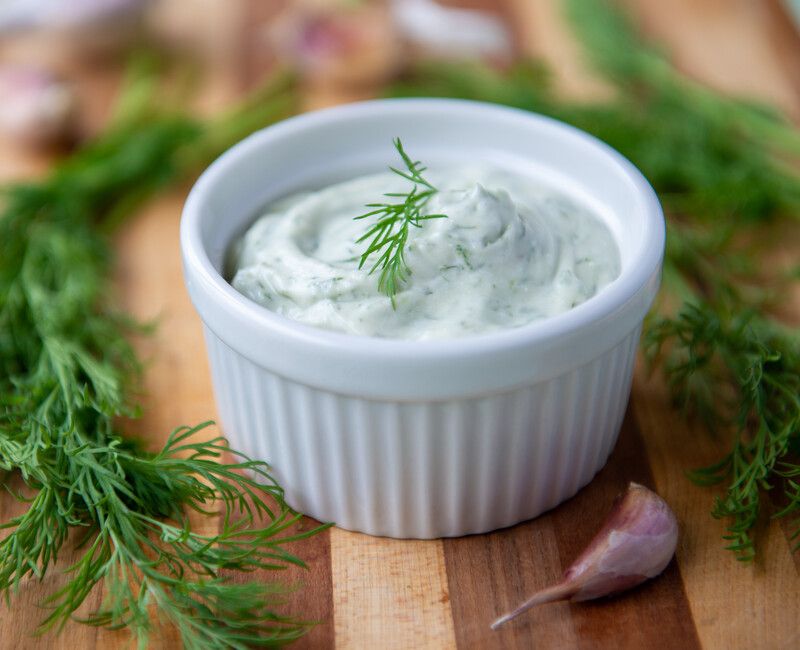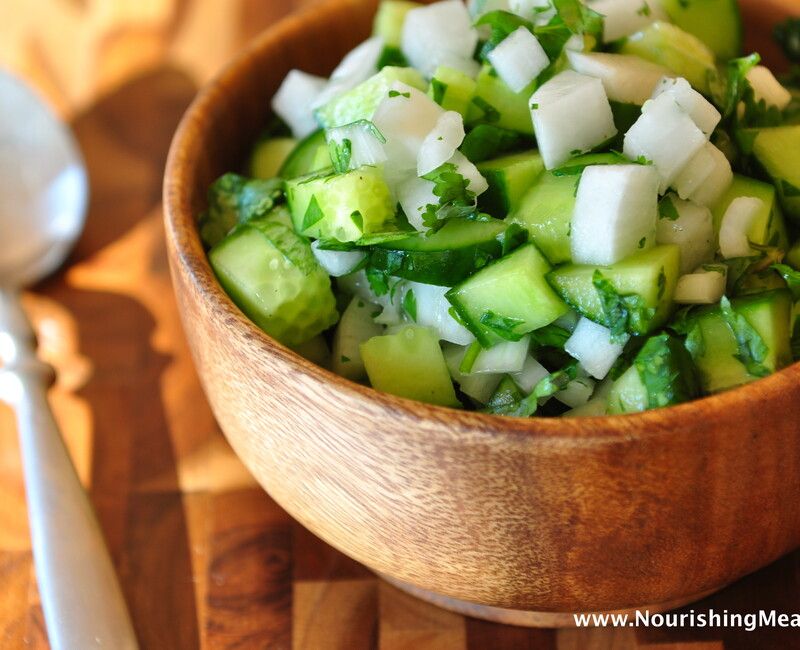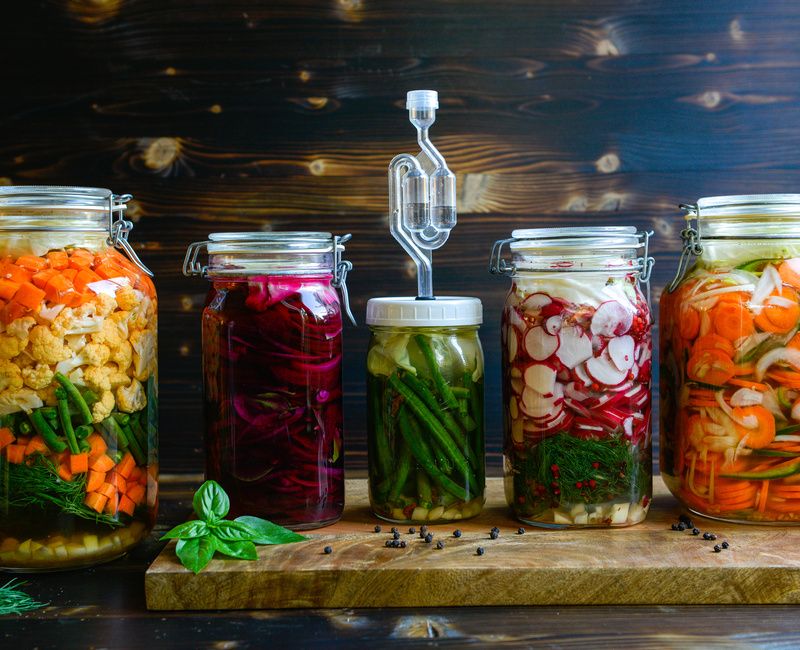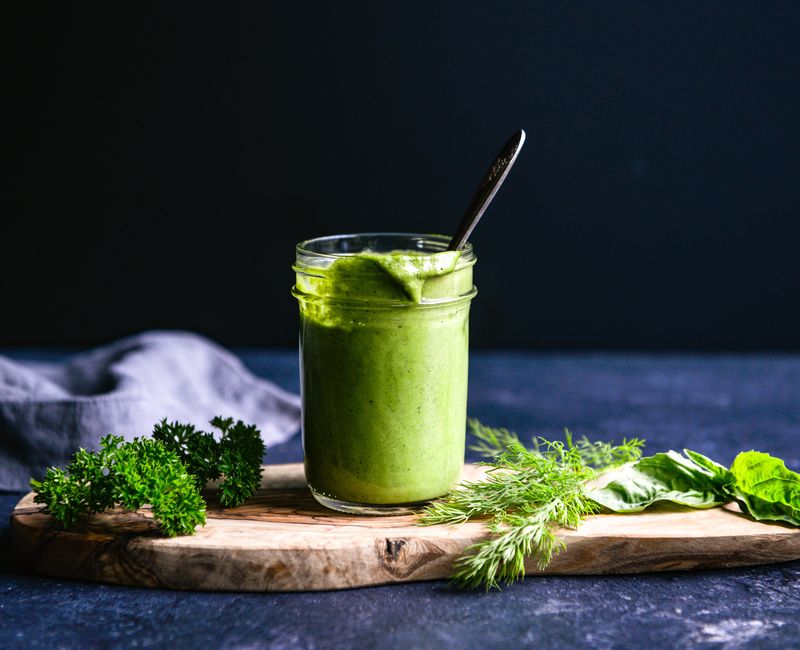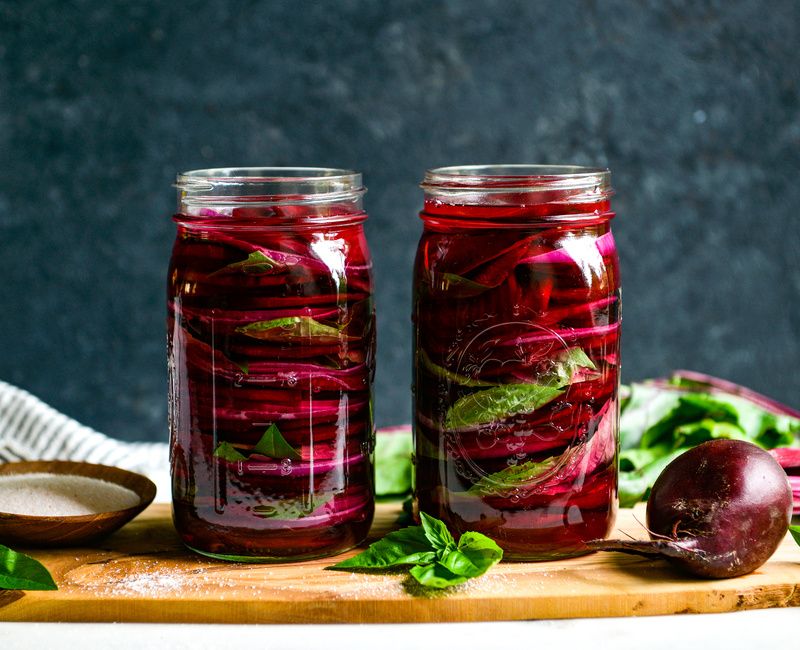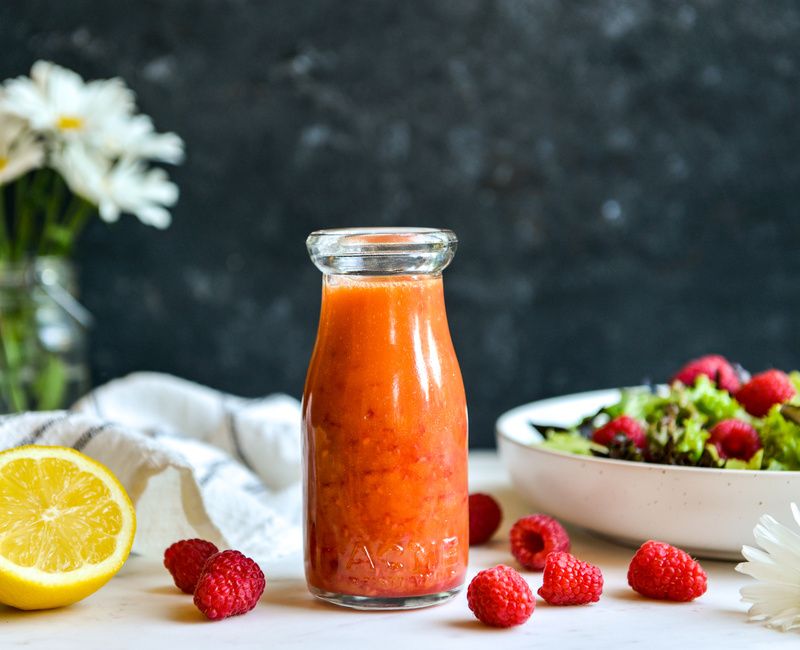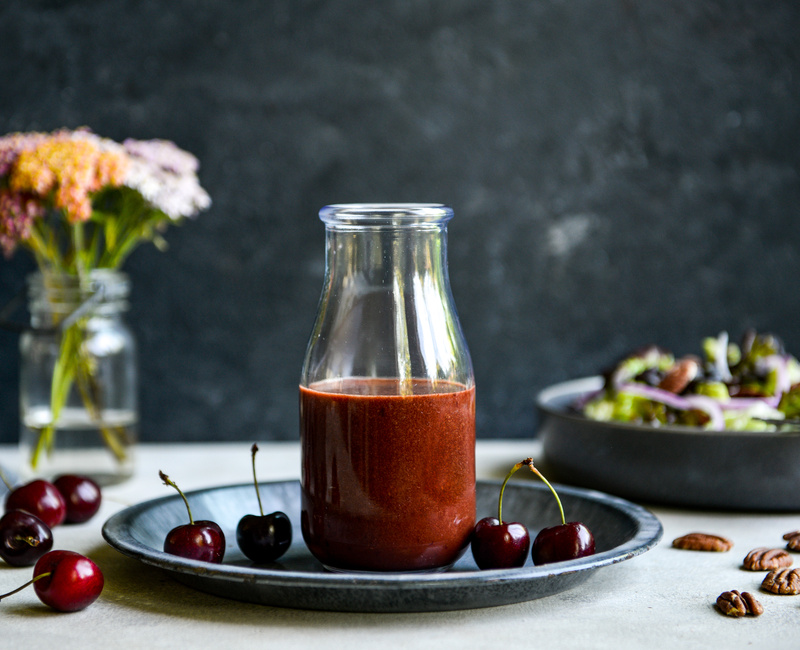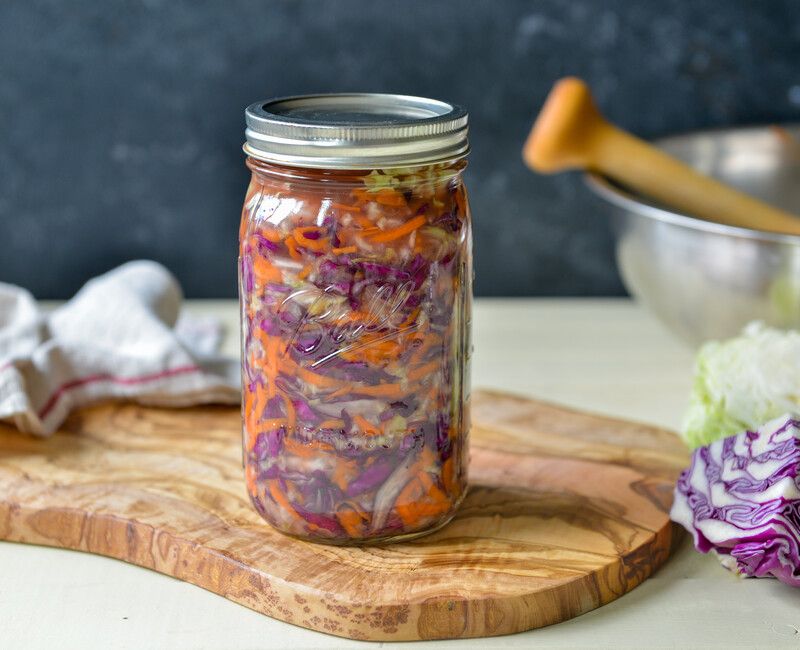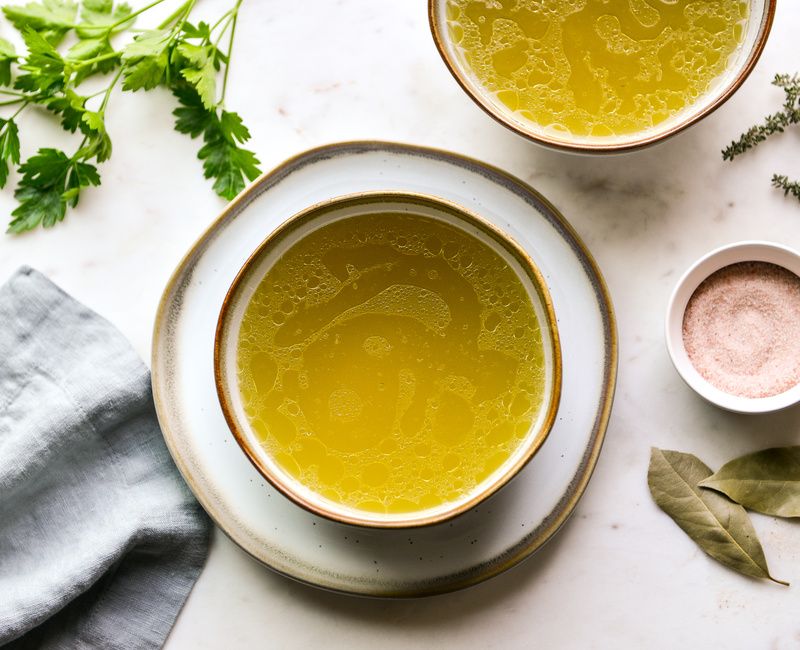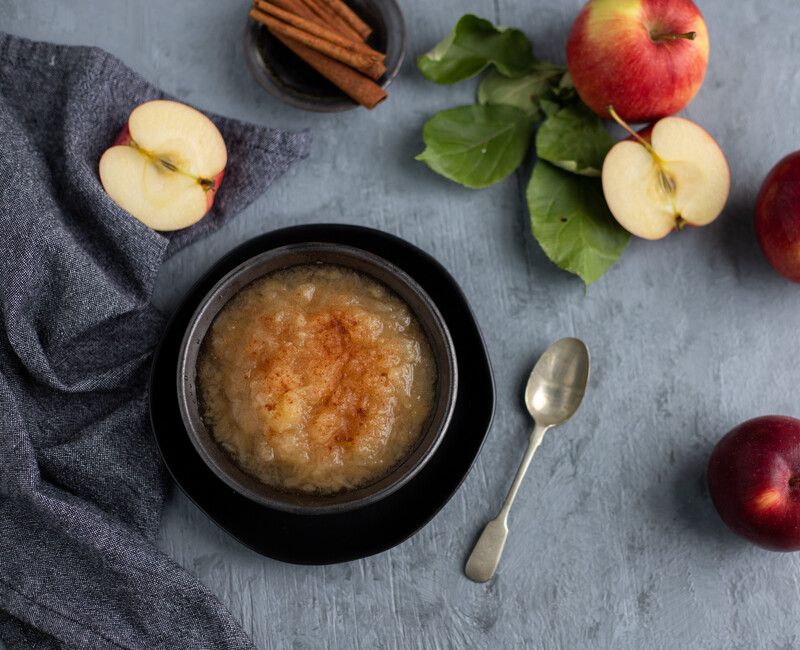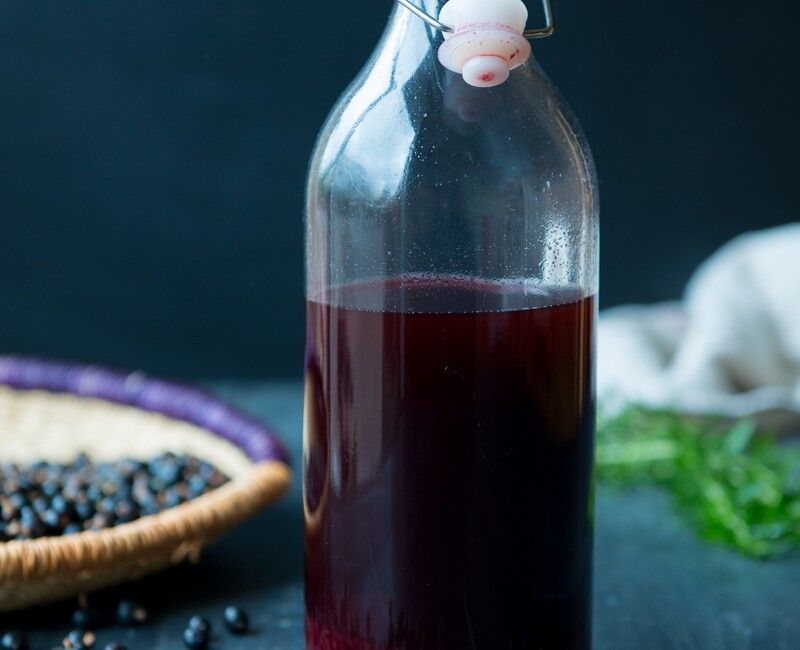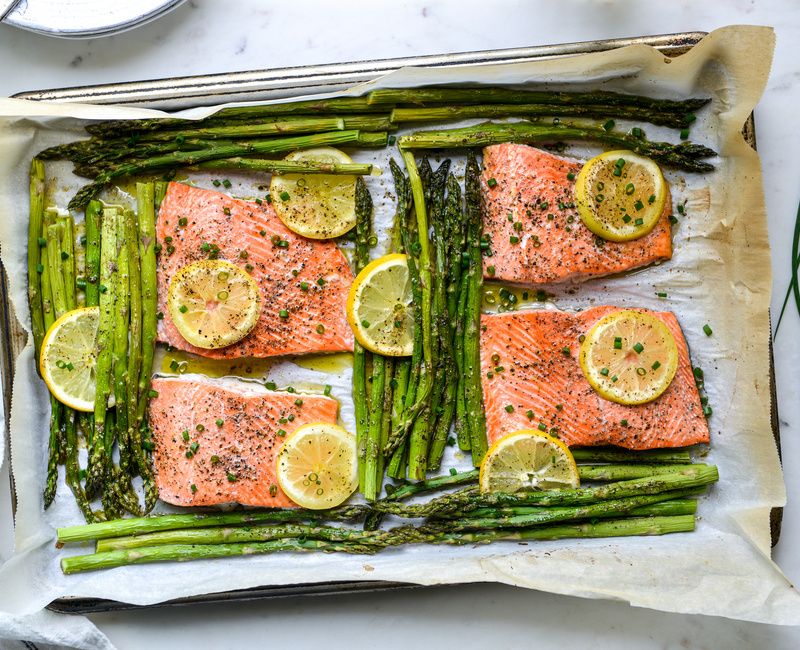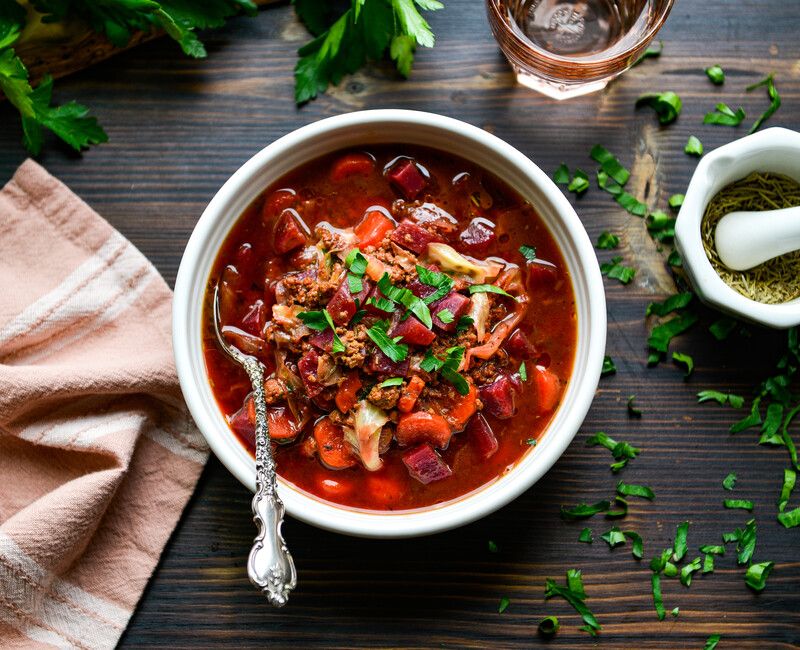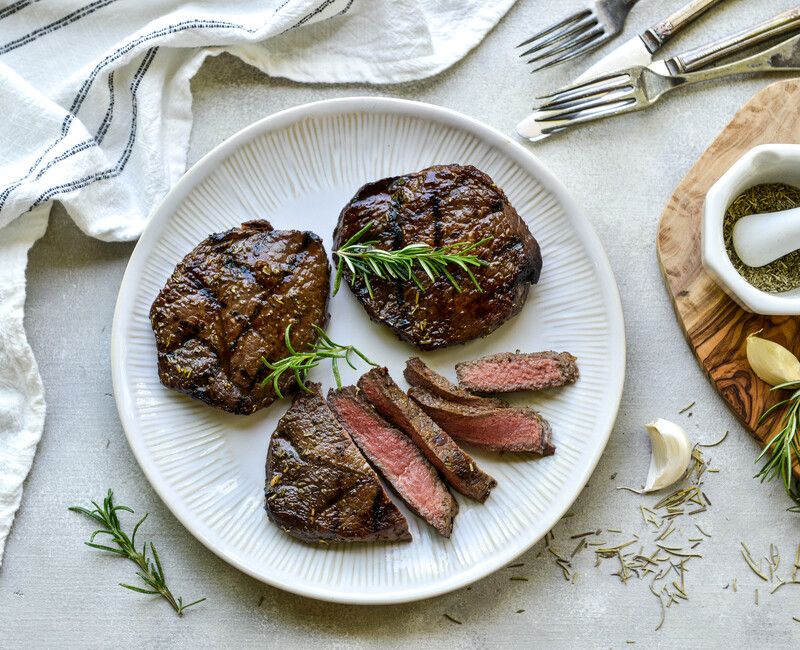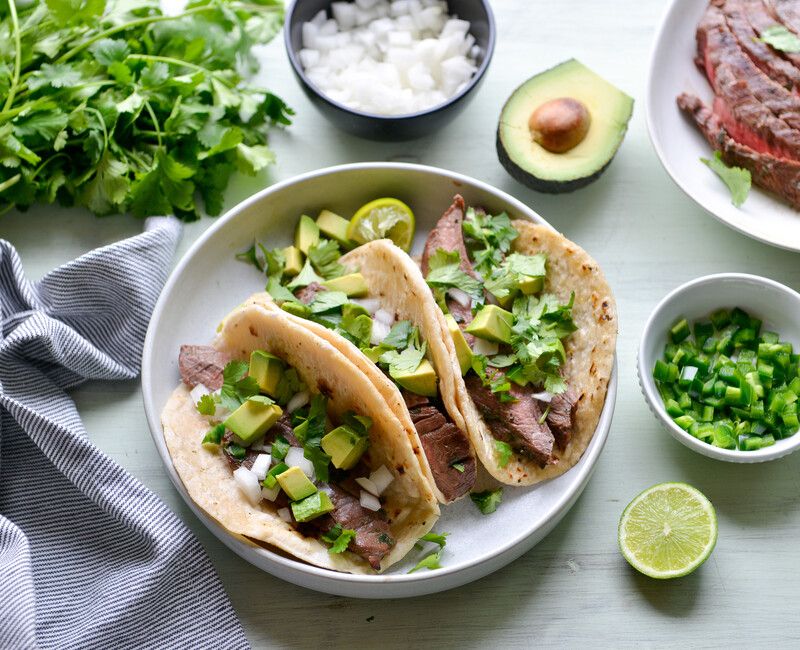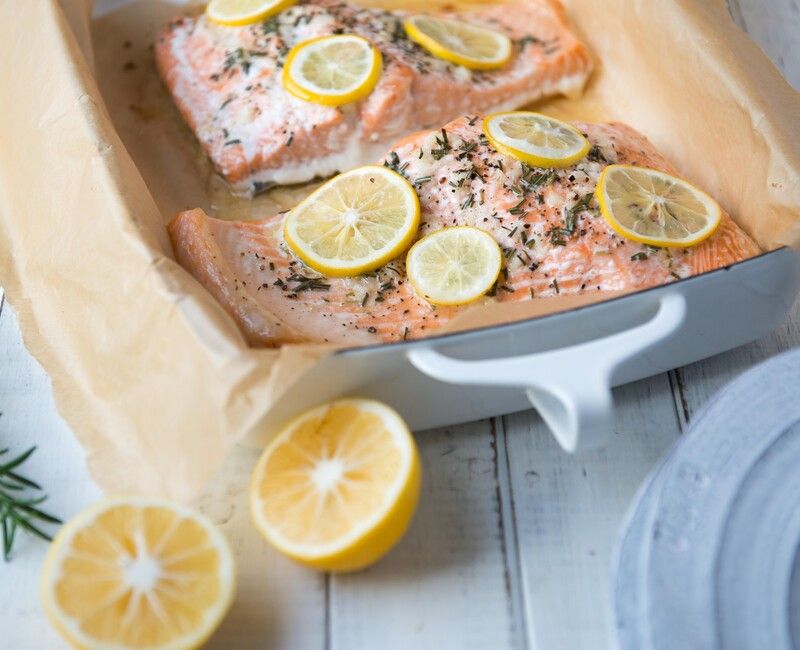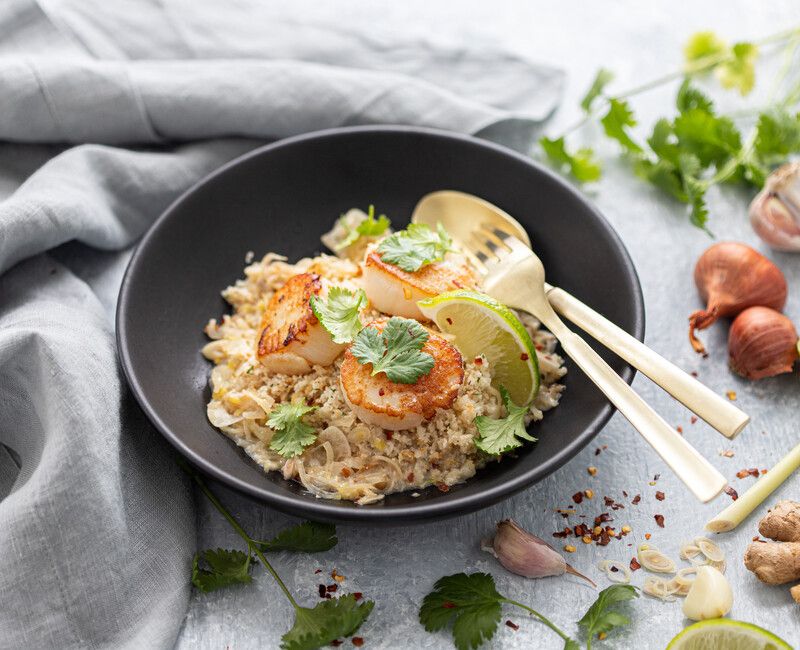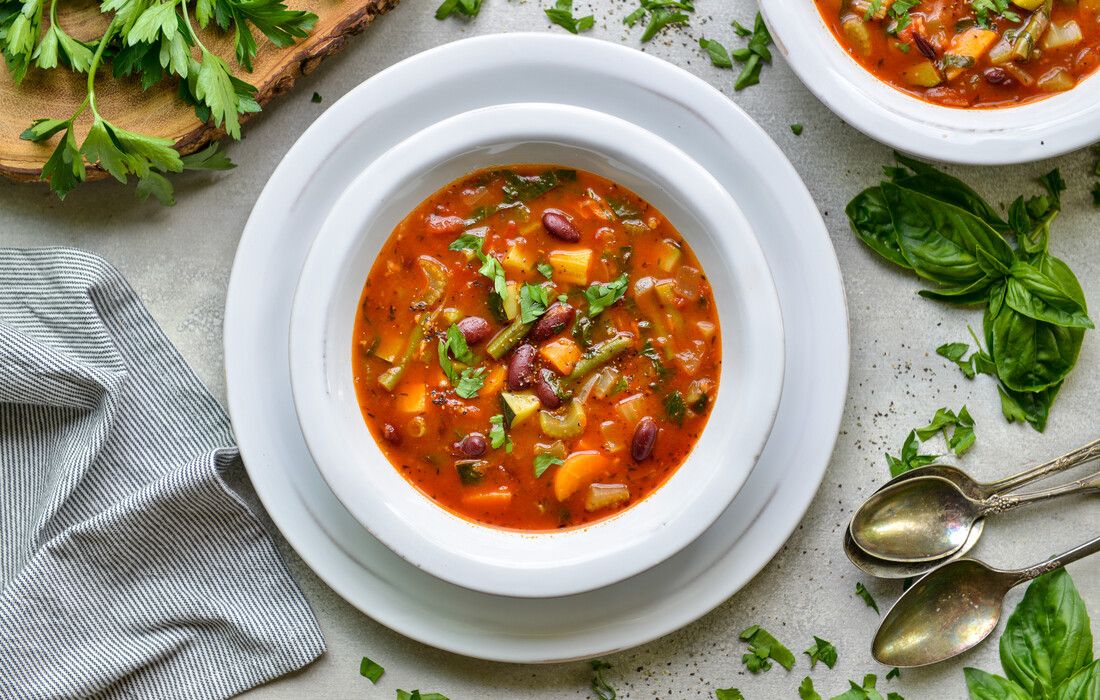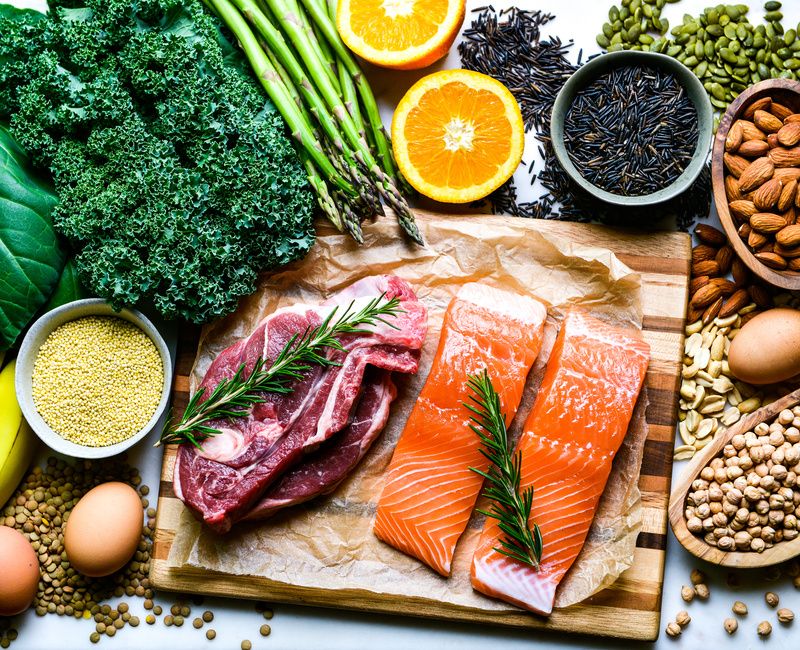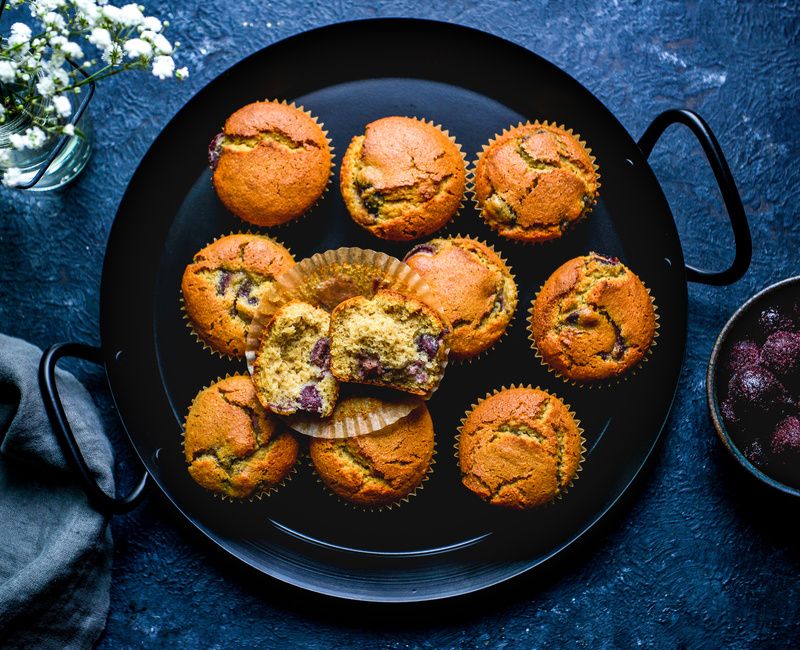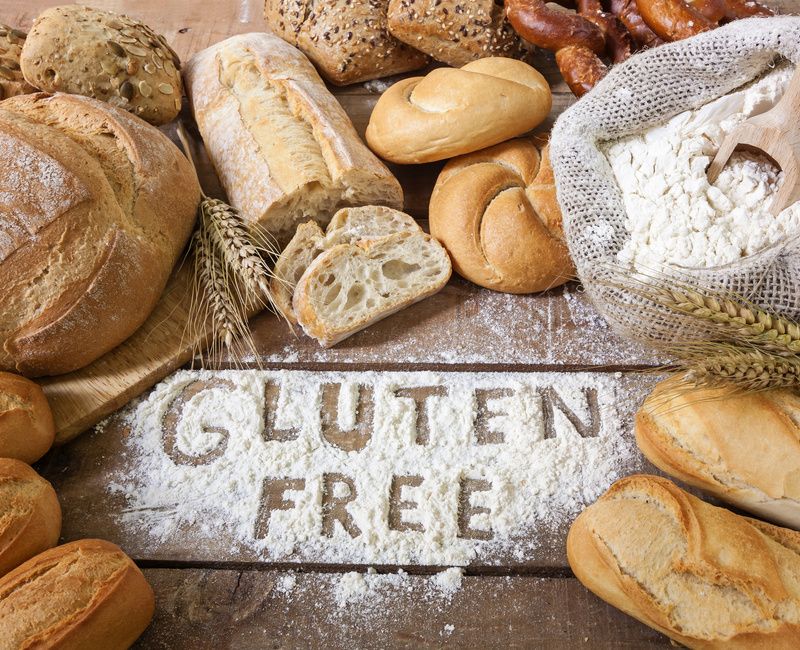Autoimmune Protocol (AIP)
Autoimmune diseases are increasingly prevalent, affecting a substantial portion of the population. In the United States, approximately 7% of individuals—equating to around 24 million people—are diagnosed with an autoimmune disorder. Notably, these conditions disproportionately impact women, who are more likely to develop autoimmune diseases compared to men. The Autoimmune Protocol (AIP) diet is designed for individuals struggling with autoimmune diseases, chronic inflammation, and persistent, unexplained symptoms that have not improved with conventional approaches. If you suffer from conditions like Hashimoto’s thyroiditis, rheumatoid arthritis, lupus, psoriasis, multiple sclerosis, inflammatory bowel disease (Crohn’s or ulcerative colitis), or other autoimmune disorders, AIP may help identify food triggers and reduce immune system overactivity. Many people with chronic fatigue, joint pain, digestive distress, brain fog, skin rashes, and hormone imbalances also find relief through this diet. By removing inflammatory foods and potential allergens, AIP gives the immune system a chance to calm down, heal the gut, and restore balance, leading to profound improvements in energy, digestion, and overall well-being.
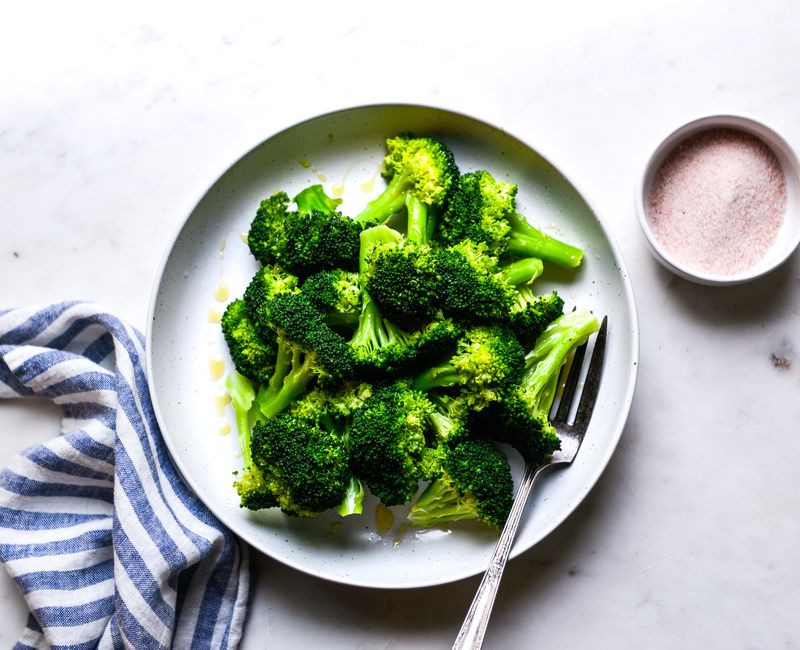
Latest Low-Oxalate Diet Recipes
Autoimmune Protocol (AIP) Safe with Modifications
What is the AIP Diet?
The Autoimmune Protocol (AIP) diet is a targeted elimination diet designed to reduce inflammation, support gut healing, and rebalance the immune system for individuals with autoimmune conditions. Rooted in nutrient-dense, anti-inflammatory foods, AIP removes common dietary triggers that may worsen symptoms, allowing the body to reset and begin the healing process. It is an extension of the Paleo diet, but with additional restrictions to eliminate foods that can disrupt gut integrity, hormone balance, and immune regulation.
The AIP diet consists of three main phases: elimination, reintroduction, and maintenance. During the elimination phase, potentially inflammatory and immune-activating foods are removed, including gluten, grains, dairy, legumes, processed sugars, soy, eggs, nuts, seeds, nightshade vegetables (such as tomatoes, potatoes, peppers, and eggplant), alcohol, food additives, and seed-based spices. This phase allows the immune system to calm and the gut lining to begin repairing. After a period of healing, the reintroduction phase begins—where foods are slowly and systematically tested to identify which are well tolerated and which may continue to trigger symptoms.
This intentional, step-by-step process empowers individuals to create a personalized, sustainable way of eating that supports their unique biology and long-term health.
Who is the AIP Diet For?
Health Conditions That the AIP Diet May Support:
Autoimmune Diseases:
-
Hashimoto’s thyroiditis
-
Graves' disease
-
Rheumatoid arthritis (RA)
-
Lupus (Systemic Lupus Erythematosus - SLE)
-
Multiple sclerosis (MS)
-
Psoriasis and psoriatic arthritis
-
Inflammatory bowel diseases (IBD), including Crohn’s disease and ulcerative colitis
-
Celiac disease
-
Type 1 diabetes
-
Sjogren’s syndrome
-
Ankylosing spondylitis
-
Scleroderma
-
Vitiligo
-
Alopecia areata
-
Myasthenia gravis
Chronic Inflammatory & Gut-Related Conditions:
-
Leaky gut syndrome (intestinal permeability)
-
Small intestinal bacterial overgrowth (SIBO)
-
Chronic fatigue syndrome (CFS/ME)
-
Fibromyalgia
-
Eczema and other chronic skin conditions
-
Asthma and allergies
-
Interstitial cystitis
-
Mast cell activation syndrome (MCAS)
Since the AIP diet focuses on reducing inflammation, supporting gut health, and balancing the immune response, it may also benefit individuals dealing with chronic pain, hormonal imbalances, and metabolic disorders. Many people report improved energy, digestion, sleep, and reduced symptom severity after following AIP.
How the AIP Diet Works:
The Autoimmune Protocol (AIP) diet works by removing inflammatory foods and potential immune triggers to allow the gut to heal, reduce systemic inflammation, and rebalance the immune system. Many autoimmune diseases are linked to gut permeability (leaky gut), chronic inflammation, and immune system overactivation, where the body mistakenly attacks its own tissues. The AIP diet is designed to eliminate foods that may contribute to these issues and replace them with nutrient-dense, anti-inflammatory foods that support healing.
By removing common dietary irritants, the AIP diet gives the gut lining time to repair, restores microbiome balance, and reduces the burden on the immune system. After a period of elimination, foods are carefully reintroduced one at a time to identify which ones trigger symptoms and which are well tolerated. This structured approach empowers individuals with autoimmune conditions to create a personalized diet that best supports their health.
The AIP diet unfolds in three distinct phases: Elimination, Reintroduction, and Maintenance. The elimination phase is a short-term, therapeutic reset—usually lasting 4 to 12 weeks—where inflammatory foods such as grains, legumes, dairy, eggs, nuts and seeds, nightshades, alcohol, coffee, refined sugars, and food additives are completely removed. Once symptoms begin to improve and inflammation quiets, the reintroduction phase begins. During this phase, foods are reintroduced slowly and systematically, one at a time, over several days. This allows for careful observation of any symptoms or flare-ups that may indicate intolerance. The final phase, maintenance, becomes your long-term way of eating, where foods that were well tolerated are reintegrated, and those that cause flare-ups remain avoided. This personalized process allows for both healing and flexibility, helping you build a sustainable and nourishing way of eating that supports your unique immune system and lifestyle.
Foods to Avoid on the AIP Elimination Phase:
By eliminating these common inflammatory and allergenic foods, the body has a chance to reset, symptoms often improve, and individuals can better understand which foods are truly supportive of their health when they begin the reintroduction phase.
During the elimination phase of AIP, the following food groups are avoided:
-
Grains: Wheat, rice, oats, corn, barley, quinoa, rye, etc.
-
Legumes: Beans, lentils, chickpeas, peanuts, soy, etc.
-
Dairy: Milk, cheese, yogurt, butter, etc.
-
Gluten: Found in wheat, barley, rye, and many processed foods.
-
Nightshades: Tomatoes, potatoes, eggplants, peppers, goji berries.
-
Eggs: Due to their potential to trigger immune responses.
-
Nuts & Seeds: Includes almonds, walnuts, cashews, flaxseeds, sunflower seeds, seed spices, etc.
-
Soy: Tofu, soy sauce, tempeh, soy protein isolates.
-
Corn: Found in processed foods, corn syrup, cornmeal, etc.
-
Refined Sugars & Artificial Sweeteners: Processed sugars, high-fructose corn syrup, aspartame, etc.
-
Alcohol: All alcoholic beverages, as they can increase gut permeability.
-
Food Additives & Processed Oils: MSG, carrageenan, artificial colors, canola oil, soybean oil, and vegetable oils.
Foods to Eat on the AIP Diet:
While the Autoimmune Protocol (AIP) diet eliminates common inflammatory foods, it still provides a wide variety of nutrient-dense, healing foods that nourish the body and support immune balance. The focus is on whole, unprocessed foods rich in vitamins, minerals, and antioxidants, which help reduce inflammation, restore gut health, and promote overall wellness. Unlike restrictive diets that leave you feeling deprived, AIP encourages abundant, flavorful meals with plenty of variety.
AIP-Approved Elimination Phase Foods Include:
-
Meat & Seafood: Grass-fed beef, pasture-raised poultry, wild-caught fish, and organ meats.
-
Healthy Fats: Avocados, olive oil, coconut oil, lard, and tallow.
-
Vegetables: All non-nightshade vegetables, such as leafy greens, carrots, beets, broccoli, cauliflower, and squash.
-
Fruits: In moderation, including berries, apples, pears, and citrus fruits.
-
Fermented Foods: Sauerkraut, kimchi (without nightshades), and coconut yogurt for gut health.
-
Bone Broth: Rich in collagen, gelatin, and amino acids that help repair the gut lining.
-
Herbs & Spices: Basil, oregano, thyme, turmeric, and ginger (avoiding seed-based spices).
-
Coconut Products: Coconut milk, coconut flour, shredded coconut, and coconut butter.
-
AIP-Friendly Flours: Cassava flour, tigernut flour, and arrowroot flour for baking and thickening.
By focusing on high-quality proteins, anti-inflammatory fats, fiber-rich vegetables, and gut-healing foods, the AIP diet helps the body reset, heal, and function optimally. With the right mindset and meal planning, an AIP diet can be delicious, satisfying, and deeply nourishing—allowing you to enjoy flavorful meals while giving your body the support it needs to thrive.
How to Reintroduce Foods on the AIP Diet
The reintroduction phase of the AIP diet is a powerful period of self-discovery. It helps you identify which foods your body can tolerate and which ones may still be triggering symptoms. The process is typically divided into four stages, beginning with the foods least likely to provoke a reaction and ending with those most likely to be problematic. Reintroducing foods in this order gives your gut and immune system the best chance to respond clearly and calmly.
The key is to go slowly, intentionally, and with full presence. This phase may take several months to complete, depending on your pace, your symptoms, and how much time you spend with each food.
To ensure accurate results, reintroduce one food at a time, ideally over a span of three days. Start with a small portion on day one (such as one bite), increase slightly on day two, and eat a full serving on day three—while carefully observing how your body responds. If symptoms such as joint pain, digestive upset, skin rashes, or fatigue return, this signals that the food may still be triggering an immune response and should be removed again. If no symptoms arise, that food can be included in your diet going forward.
During this phase, it’s especially helpful to keep a food and symptom journal. Tracking what you reintroduce, how much you eat, and any symptoms you notice provides powerful insight into how your body uniquely responds to each food. You’re not just identifying triggers—you’re gathering wisdom that helps you build a long-term way of eating that supports your vitality and resilience.
Stage 1: Foods Least Likely to Trigger a Reaction
These are the most nutrient-dense or well-tolerated foods and are typically reintroduced first.
-
Egg yolks
-
Ghee (especially from grass-fed dairy)
-
Fruit-, berry-, and seed-based spices (cumin, coriander, cardamom, mustard powder)
-
Seed and nut oils (flax, sesame, walnut)
-
Cocoa or dark chocolate
-
Occasional coffee (not daily)
-
Peas and legumes with edible pods (green beans, sugar snap peas, snow peas)
-
Legume sprouts
Stage 2: Foods with Slightly Higher Reactivity
These foods have a higher chance of provoking a response, but many people tolerate them well after healing.
-
Egg whites
-
Nuts (almonds, cashews, hazelnuts)
-
Seeds (sunflower, pumpkin, sesame)
-
Chia seeds
-
Grass-fed butter
-
Coffee (daily, if tolerated in stage 1)
-
Alcohol in small amounts (a few sips of wine or cider)
Stage 3: Moderately Challenging Foods
These foods have a moderate potential for immune reactivity and may be best introduced only after significant healing.
-
Eggplant
-
Sweet bell peppers
-
Paprika
-
Peeled white potatoes
-
Grass-fed dairy products (milk, yogurt, cheese)
-
Legumes such as lentils, split peas, and garbanzo beans (chickpeas)
Stage 4: Foods with the Highest Potential for Reaction
These are the most reactive or complex foods and are often saved for last—or never reintroduced if reactions have been strong in the past.
-
Tomatoes
-
Chili peppers and nightshade spices (cayenne, chili powder)
-
Unpeeled potatoes
-
Alcohol in larger quantities
-
Gluten-free grains (rice, quinoa, corn, millet)
-
Traditionally prepared or fermented legumes (black beans, pinto beans, soy)
-
White rice
-
Any food you are allergic to or have had strong past reactions to
Symptoms to Watch For:
Reactions may be subtle or delayed. Keep an eye out for:
-
Return or worsening of any autoimmune symptoms
-
Digestive changes: bloating, gas, constipation, diarrhea, reflux
-
Fatigue or mid-afternoon crashes
-
Cravings (especially for sugar, fat, or caffeine)
-
Headaches or brain fog
-
Skin changes: rashes, acne, dry patches, new bumps
-
Mood shifts: anxiety, irritability, sadness
-
Sleep disturbances
-
Respiratory symptoms: mucus, sneezing, throat clearing
Benefits of the AIP Diet:
Many people with autoimmune or chronic inflammatory conditions report transformative improvements after following the AIP diet, even within just a few weeks. By reducing the immune system's burden and giving the gut space to heal, the AIP diet can lead to profound healing and symptom reduction.
Potential benefits include:
-
Reduced joint pain, muscle aches, and inflammation
-
Improved digestion and bowel regularity
-
Clearer skin and fewer rashes or flares
-
Calmer, more balanced mood
-
Fewer autoimmune flare-ups
-
Increased energy and mental clarity
-
Improved sleep quality and recovery
-
Fewer cravings and improved blood sugar balance
This diet empowers you to identify which foods trigger your symptoms and which support your healing, giving you long-term tools for vibrant, individualized wellness.
Common Challenges:
While the AIP diet is a powerful tool for healing, it is also one of the most restrictive elimination diets. This level of restriction can be emotionally and logistically difficult to maintain, especially without a clear structure or support system.
Common challenges include:
-
Limited food variety, which may feel overwhelming or isolating
-
Increased time needed for food prep and meal planning
-
Difficulty eating out or attending social gatherings
-
Emotional frustration or fear around food restrictions
-
Risk of under-eating or nutritional deficiencies if not well planned
Because of its restrictive nature, many people do best when they ease into the AIP diet through a progressive approach:
-
Begin with removing gluten and dairy.
-
If symptoms persist, progress to the Basic Elimination Diet.
-
From there, move to the Full Elimination Diet.
-
If symptoms continue—despite nervous system regulation, digestive support, and trauma healing—then the AIP diet may be the most effective next step.
This layered approach helps build confidence, stability, and momentum while gently supporting the body through deeper levels of healing.
How to Start the AIP Diet:
-
Become a Nourishing Meals® member to access personalized AIP-friendly recipes, grocery lists, and meal plans.
-
Set your user profile to AIP Diet to ensure your recipe search results match the elimination phase requirements.
-
Start with the elimination phase for 4 to 6 weeks (or until symptoms significantly improve), then move into the reintroduction phase to customize your long-term way of eating.
-
Use one of our curated AIP meal plans or create your own using the meal planning tools. New AIP recipes are added weekly to keep your meals exciting and satisfying as you continue this deeply healing journey.
-
Batch cook essentials on the weekend such as bone broth, roasted vegetables, breakfast patties, or healing soups.
-
Keep AIP snacks on hand (like coconut-yogurt parfaits, broth-based soups, or energy bites) to avoid reaching for restricted foods.
-
Start a symptom and food journal to support the reintroduction phase and track your healing progress.
-
Join our Nourishing Meals Community Facebook Group to stay motivated, get support, and share ideas.
Your Invitation
The Autoimmune Protocol is more than a diet—it’s a path of renewal. By removing immune-triggering foods and deeply nourishing your body with what supports healing, you create the conditions for repair, resilience, and reconnection. Let this be your invitation to calm inflammation, restore balance, and reclaim your vitality—one loving choice at a time.
✨ Try Nourishing Meals® free for 7 days and discover how simple—and deeply healing—it can be to follow a therapeutic diet that supports your whole-body vitality.
| Plan | Length | Actions |
|---|---|---|
Nourishing AIP Dinners |
14 days | Please login to view and schedule plans |
